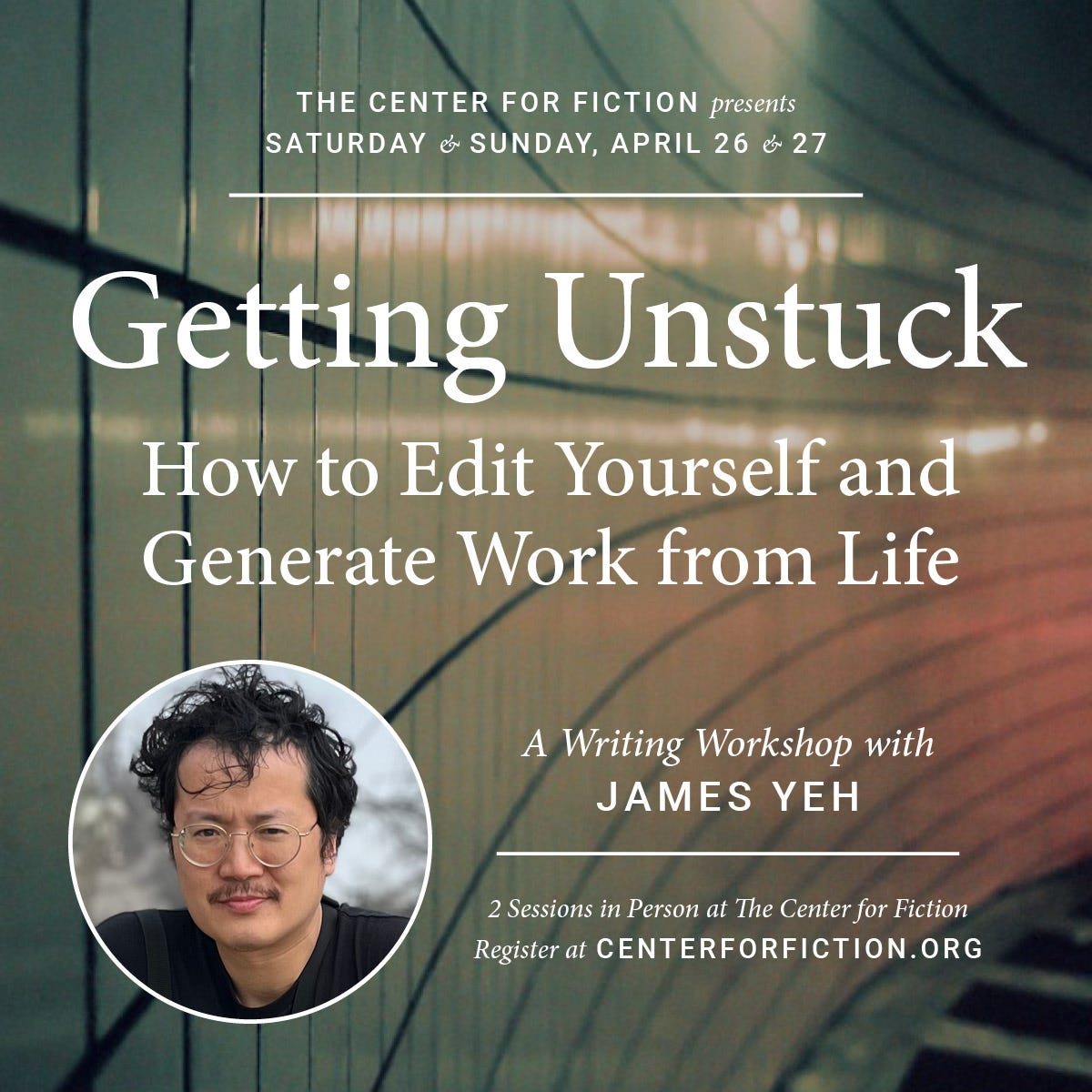On optimistic practices
Is it a yes or a no?
Dropping in to quickly say I contributed a short essay on optimistic practices for Writing Co-Lab’s 100 Days of Creative Resistance newsletter. It wasn’t an easy piece to write, amid the backdrop of the current administration’s full-court press of my workplace, but I’d agreed to do it, and though it is, of course, a tiny drop in the bucket, I’m glad I wrote it, because writing, and thinking through writing, is another optimistic practice—one I hold closely.
class preferences are a hopeful routine—one of our optimistic practices, as our long-serving and good-humored admin put it. Six months from now a class will happen IRL. And, outside the classroom, we keep other optimistic practices, like taking to the streets, gathering in encrypted chats, finding solidarity face to face, taking courage from standing side by side, like those multi-colored embroidered fish swimming together.
It’s like what Gramsci said: Pessimism of the mind, optimism of the will.
You can read the full piece here.
The series is filled with powerful and timely entries. I especially appreciated Nadia Owusu's piece on South African trumpeter Hugh Masekela, Edgar Gomez’s dispatch from Puerto Rico, and Sara Nović’s translation of Bosnia poet Izet Sarajlić. Check those out, if you’d like, as well as other thoughtful pieces written by fellow Columbia and Barnard colleagues like Hannah Lillith Assadi, Quincy Scott Jones, Nina Sharma, Marie Myung-Ok Lee, and Lilly Dancyger.
I’m reminded this morning of something a student told me: during a discussion of Thomas Bernhard’s work, the professor had everyone go around the room saying whether or not the book felt, to them, like a yes or a no. No qualifications, just the single yes or no—and on Bernhard, no less, one of twentieth-century literature’s noisiest, most compulsively fluent, and foremost sayers of no. After everyone gave their response—my student answered no, I think, and he wasn’t alone—the professor said that, to him, the work was actually a yes, because every work of art, simply by dint of its existence, can be understood as a kind of yes, an attestation to its creator’s belief in its value and their belief in some future time where said work might hold meaning for somebody else.
Yes.
And here is another yes: Masekela’s 1974 album I Am Not Afraid (h/t to my friend Hubert, who first introduced me to the album):
Finally, two upcoming events: I’m doing a noon Zoom with Lynne Tillman for the Brooklyn Rail. Next Wednesday, April 2. We’ll be talking about her new story collection, Thrilled to Death. (I will probably sneak in some question about Mothercare too, one of her works that I think about and recommend to friends the most.) Hope you can join.
And then, on April 26 and 27, I’ll be leading a writing workshop on “getting unstuck” at the Center for Fiction:
.

